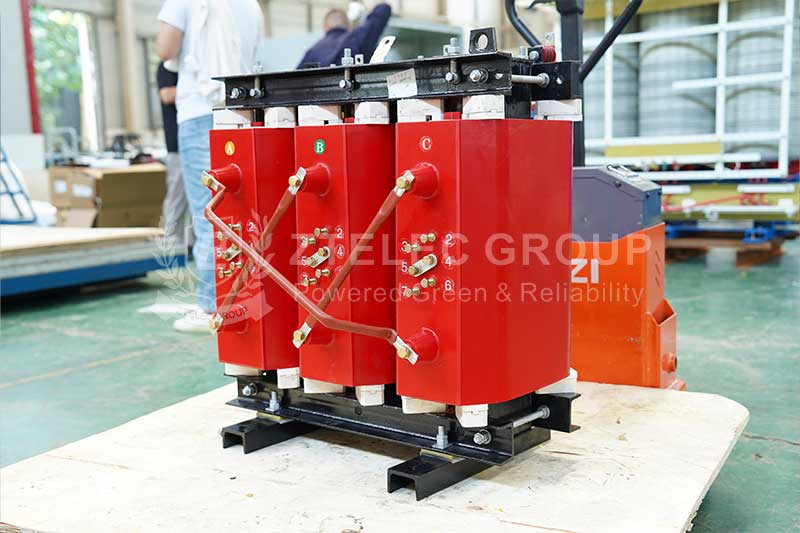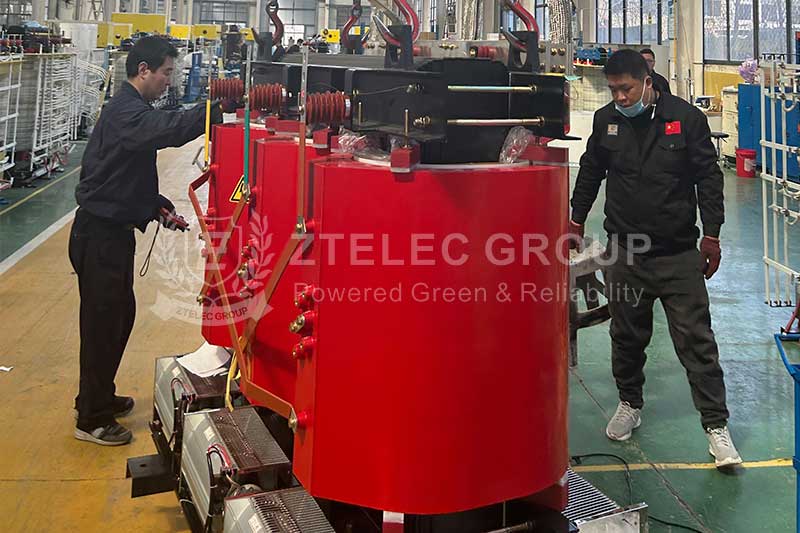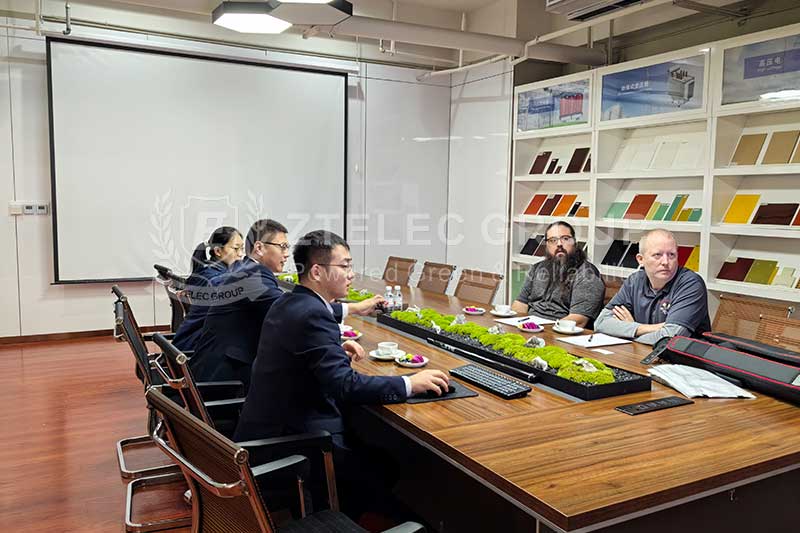Overload Capacity Standard of Dry-type Transformer: Definition, Test and Application
Dry-type transformers play a critical role in maintaining the stability and reliability of modern power systems. Their overload capacity standard directly impacts the safety of power transmission and distribution. Understanding the definition, testing methods, and real-world application of overload capacity is essential for power engineering design, system maintenance, and transformer selection.

Definition of Overload Capacity Standard
The overload capacity standard of a dry-type transformer refers to the multiple of the rated current it can safely handle over a specific duration. This standard is based on two key parameters: the rated capacity and the temperature rise limit. The rated capacity is the maximum continuous load the transformer can carry without exceeding allowable temperature rise. The temperature rise limit ensures safe insulation operation and avoids degradation.
Overload capacity is typically calculated using the formula:
Overload Capacity = (Temperature Rise Limit - Ambient Temperature) / (Rated Capacity × Efficiency Coefficient)
The efficiency coefficient, usually ranging between 1.1 and 1.2, accounts for operational losses and heat dissipation effectiveness.
Factors Influencing Overload Capacity
Ambient Temperature: Higher surrounding temperatures reduce the transformer's ability to dissipate heat, which lowers its overload capacity.
Initial Load: A transformer already operating near full capacity has less margin to accommodate additional overload.
Insulation and Heat Dissipation: Transformers with better insulation and optimized cooling structures can handle higher short-term overloads safely.
Heating Time Constant: This parameter influences how fast the transformer's temperature rises during overload and depends on design, materials, and operating conditions.

Test Standards for Overload Capacity
Temperature Rise Test: Ensures that winding temperatures remain within safe limits under load. For H-class insulation, the maximum allowable temperature is 180℃.
Withstand Voltage Test: Verifies insulation strength. A 10kV/400V dry-type transformer must pass a 35kV/60s test between high voltage and ground.
Unbalance Detection: Monitors three-phase current imbalance, which must not exceed 2% on the high-voltage side and 4% on the low-voltage side to avoid localized overheating.
Practical Applications in Power Systems
Handling Short-Term Impact Loads: In industries like rolling mills and welding operations, transformers can temporarily handle high currents using their overload capacity, reducing initial investment costs.
Spare Capacity Optimization: Power systems can reduce the number of installed transformers by leveraging overload capacity, as in using two 1000kVA units instead of three for a 1400kVA demand.
Emergency Load Sharing: During a fault or shutdown, a healthy transformer can temporarily carry the full system load. When assisted by an air-cooling system, the overload margin increases, ensuring uninterrupted power supply.
The overload capacity standard of dry-type transformers is fundamental to modern power systems. A well-defined standard, backed by rigorous testing and real-world use, ensures safe operation under dynamic load conditions and provides robust support for continuous and efficient power delivery.
- more+releated article
- 2025-10-21Application of K Factor Transformer
- 2025-10-21Detailed explanation about transformer model w
- 2025-10-2010kV Oil-Immersed Transformer Safety: Lightnin
- 2025-10-20What are The Advantages of Phenolic Cotton Clo
- 2025-10-17Are Three-Phase Isolation Dry-Type Transformer
- 2025-10-17G10 Epoxy Sheet: Choosing the Right Specificat
- 2025-10-1610kV Oil-Immersed Transformer Operation Inspec
- 2025-10-163240-B Epoxy Phenolic Glass Fiber Cloth Lamina
- 2025-10-15G10 Epoxy Sheet: The Preferred Insulation Mate
- 2025-10-15Analysis of Energy-Saving and Noise Control Te





